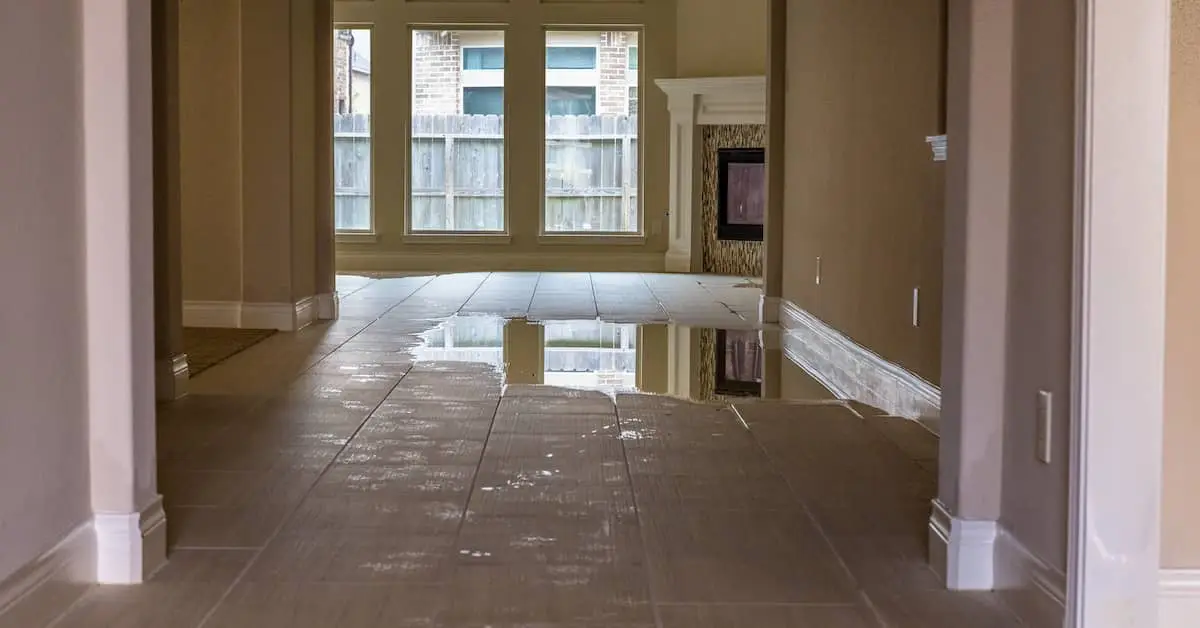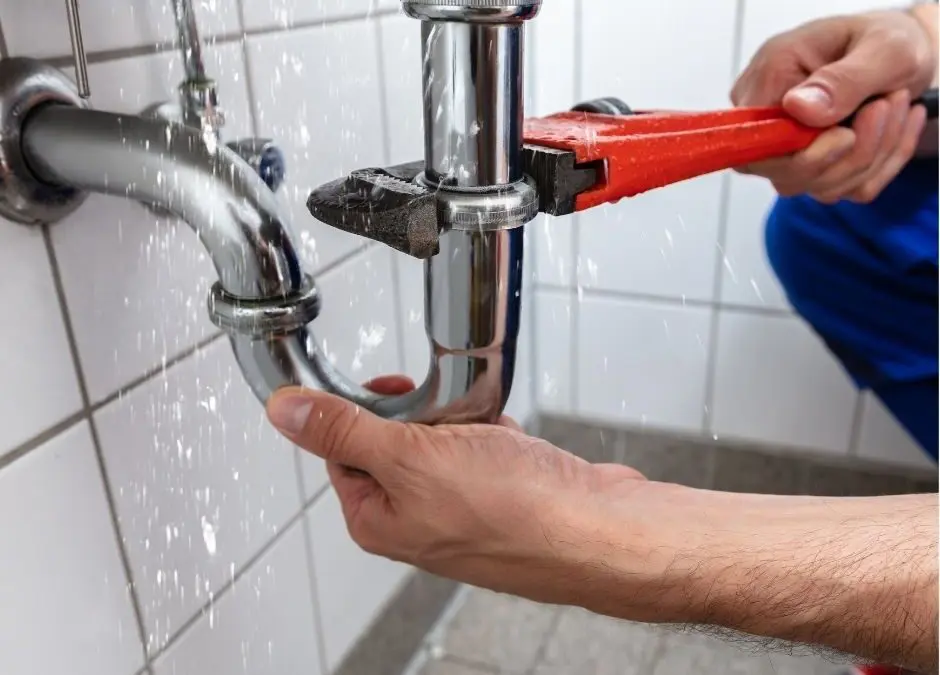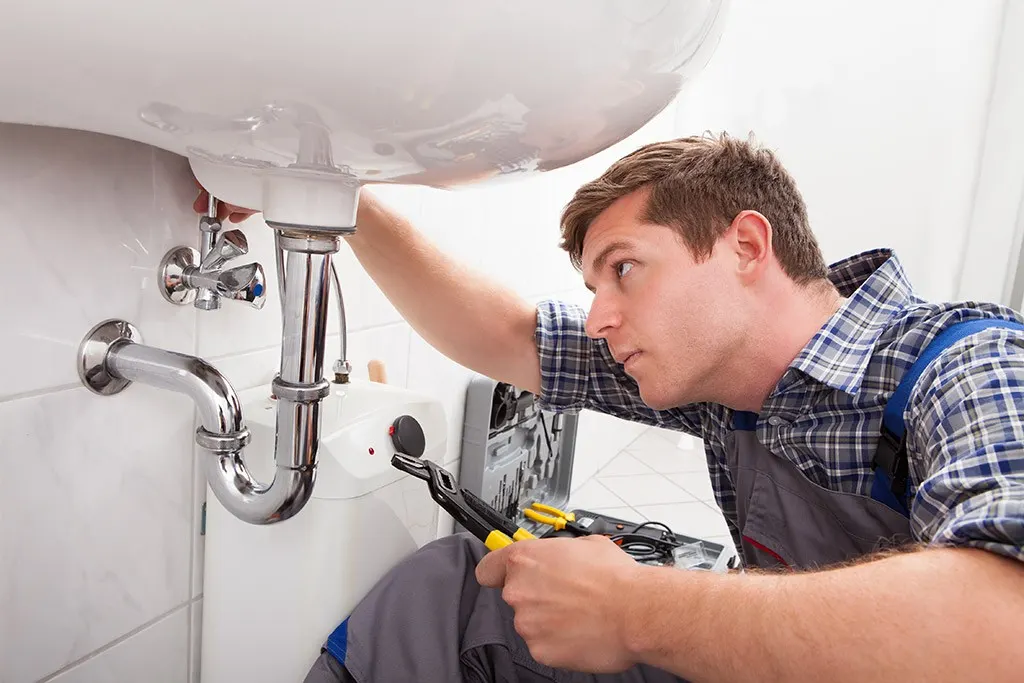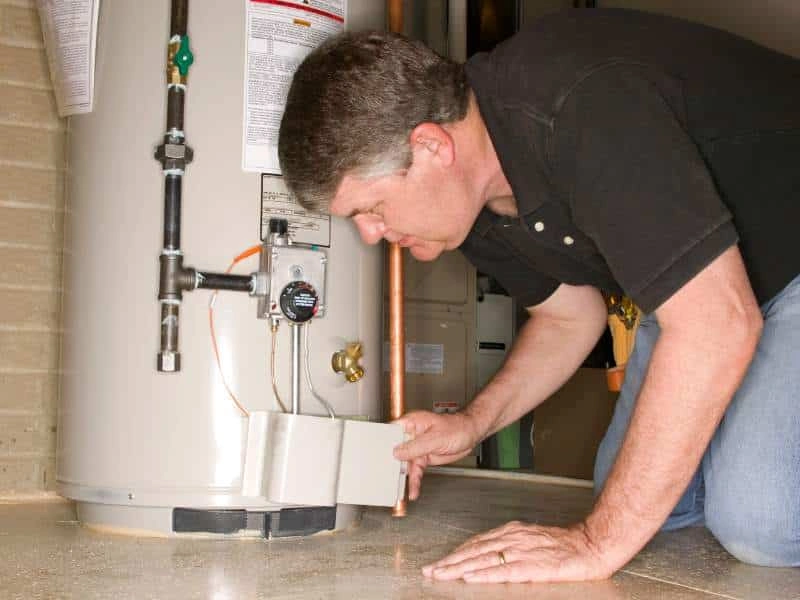DIY Water Damage Repair vs. Professional Restoration
It always starts the same way: a sudden gush from a broken pipe or an unnoticed leak that turns your living room carpet into a sponge. In the first frantic minutes, the temptation is to grab a mop, crank up a fan, and hope for the best. Yet your decision can shape months of repairs, insurance claims, and health concerns. Understanding the difference between a quick do-it-yourself cleanup and a certified restoration service is the first step toward protecting your home and your peace of mind.
Recommended reading: How to mitigate water damage
The Science of Water Damage
Water rarely stops where you can see it. It travels sideways through drywall seams, wicks up wooden studs, and settles into the tiny air pockets of insulation. That hidden moisture can nurture mold spores and warp structural lumber within twenty-four to forty-eight hours. Professional restorers study psychrometry, the relationship between temperature, humidity, and airflow, to predict how water will move inside a building, then cut it off before it spreads.
Recommended reading: causes of water damage
DIY Repair: When It Can Work
Not every splash demands a squad of technicians in protective gear. If the spill is confined to a hard, sealed surface and you can remove all standing water within a couple of hours, a careful homeowner with a wet-vac and open windows can succeed. The critical part is honest self-assessment: when water reaches carpet padding, drywall, or subfloor, the problem shifts from superficial to structural. In those cases, your weekend project quickly outgrows the tools in your garage.
Hidden Risks of the DIY Route
Moisture meters sold at hardware stores offer peace of mind but rarely match the sensitivity of professional instruments. They may read “dry” on the face of a wall while the cavity behind it is still dripping. That lingering dampness becomes a warm, dark incubator for mold and bacteria, which can aggravate asthma or create musty odors that seep into furnishings. Even if health issues never appear, warped baseboards and stained drywall joints often reveal themselves weeks later, turning an inexpensive cleanup into a costly renovation.
Professional Restoration: Tools and Training
Certified technicians arrive with truck-mounted extractors that pull gallons of water out of carpet in minutes, not hours. High-velocity air movers and low-grain dehumidifiers create a pressure and humidity balance that forces moisture to the surface to be captured and removed. Infrared cameras highlight invisible wet spots, and calibrated hygrometers track progress until lumber, drywall, and concrete return to safe moisture levels. Beyond the hardware, these specialists understand building codes, know when to remove baseboards, and document every reading so insurance adjusters have the needed proof.
Cost Comparison Over Time
At first glance, renting a fan and a dehumidifier seems economical. Yet household units often run twice as long as commercial machines and consume more electricity along the way. If hidden moisture later demands mold remediation or flooring replacement, the tally spikes far beyond the original rental receipt. Professional restoration may look pricier on day one. Still, fast, thorough drying and detailed paperwork usually keep total expenses lower over the lifespan of the repair, and may even prevent your insurance premiums from rising.
Health, Safety, and Insurance Implications
Damp carpet padding and wall cavities provide ideal habitats for bacteria that release volatile compounds, creating that unmistakable “old basement” smell. Prolonged exposure can irritate the sinuses and trigger chronic respiratory issues. Insurers also watch for proper documentation; future water claims could be denied if you cannot prove the structure conforms to industry standards. A licensed restorer’s moisture logs and photo evidence satisfy adjusters, protect your policy, and offer legal protection if you decide to sell your house later.
Decision Framework: Knowing When to Call the Pros
Think of the twenty-four-hour mark as the tipping point. If porous materials have been wet that long, specialized equipment and knowledge are essential to prevent mold and structural decay. Any sign of discoloration on walls, a persistent damp smell, or water near electrical outlets also signals the need for expert help. Conversely, a small spill you blotted up within minutes on tile may never require more than fresh air and vigilance for lingering moisture.
Allstar Plumbing Can Help
When water invades, you deserve more than a temporary fix; you deserve certainty that every hidden corner is dry and safe. Allstar Plumbing’s certified restoration team arrives quickly with industrial-grade tools, deep expertise, and a human touch that treats your home like theirs. We extract, dry, repair, and document the entire process so your insurance claim moves smoothly and your family can breathe easy again. Call us anytime, day or night, and let us transform today’s chaos into tomorrow’s comfort.
FAQ
Q: Can I handle a minor leak myself?
A: If water sits only on sealed tile or laminate and you remove it within a few hours, a careful DIY cleanup can work. When moisture reaches drywall, carpet, or insulation, hidden dampness becomes likely, and a professional assessment is the safer route. Trust your senses; any musty odor or cool, damp feeling the next day means it’s time to call for help.
Q: How fast does mold start growing?
A: Mold spores can activate at least twenty-four hours after moisture and warmth combine behind walls or under flooring. Early drying interrupts that life cycle before colonies form. Fast action is not merely about appearance but halting a biological process that threatens health and structure.
Q: Will insurance cover professional restoration?
A: Most homeowner policies pay for sudden, accidental water incidents such as burst pipes or appliance failures, provided you act quickly to limit damage. Certified crews supply the meter readings and photographic evidence that adjusters need to approve claims smoothly. Delays or incomplete documentation can jeopardize coverage, so it’s crucial to contact your insurer and a licensed team.
Q: How long does professional drying usually take?
A: With truck-mounted extractors and low-grain dehumidifiers running around the clock, a typical residence reaches safe moisture levels within two to five days. Technicians adjust airflow and temperature daily to ensure materials dry evenly without cracking or warping. More extensive structural repairs may extend the timeline, but the controlled drying phase is surprisingly swift.







